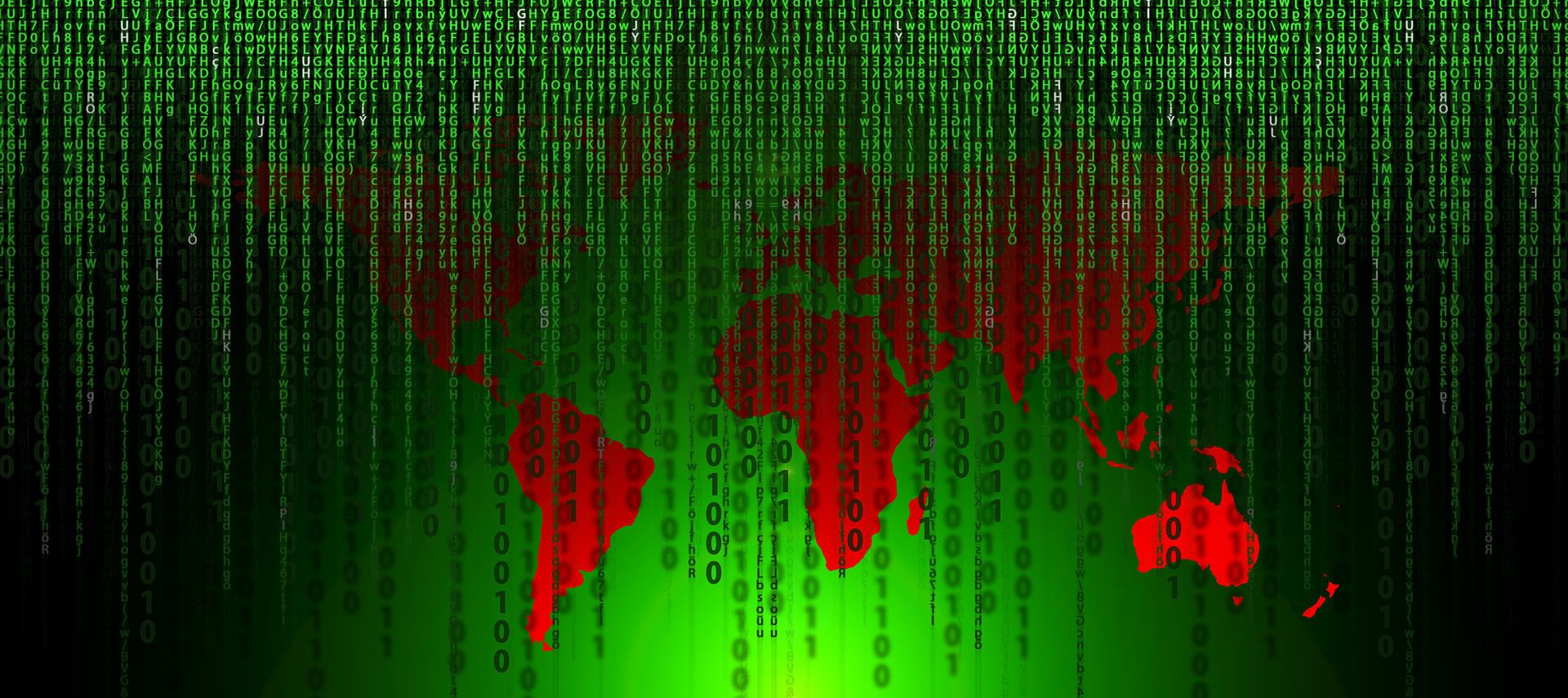What is malware hacking? In simple terms, malware hacking is the process of social engineering your way into a system. Typically, hackers will disguise themselves as legitimate users and use their own credentials to gain access to a company’s network. This can be done through a phishing scam or other form of social engineering.

1. What is Malware?
Malware is a type of computer virus that can be distributed by email, instant messaging, peer-to-peer file sharing and removable media. Malware is typically written to attack a computer system without the owner’s consent. Once installed, malware may perform tasks on behalf of the hacker or perform actions in an attempt to extort money from the user, such as sending copies of sensitive documents. Malware can also be used for identity theft or access fraud to steal money. There are many types of malware; some are designed to steal information but most are designed to steal money.
2. What are the Different Types of Malware?
Malware is a term that describes any software program that causes harm to your computer or mobile device. Malware can be used for many reasons, such as stealing personal information, spreading viruses and operating system modifications. There are many different types of malware out there, including:
- Adware – This type of malware is designed to display advertising on your computer screen. Adware usually comes bundled with freeware or shareware software.
- Diagnostic Malware – This type of malware may be installed on your computer when you download a virus scan from an unknown source (such as a torrent site). The malware will scan your hard drive for files that contain malicious code and then delete them, preventing them from infecting other computers.
- Trojan Horse Virus – A Trojan horse virus is a program that disguises itself as something else (like an email attachment) and then attempts to convince the user to run it by appearing to come from an important sender (like their bank or employer). The program then installs itself on the infected computer and starts running malicious code. Trojan horses also have been known to collect passwords and credit card numbers as well as perform other tasks like sending spam emails or making calls.
3. Why are Malicious Programs so Dangerous?
Malicious programs are dangerous because they can do damage to your computer. These programs can be viruses, Trojans, worms and spyware. Malware is designed to harm your computer or steal information from it. Malware may infect your computer when you visit a website that contains malicious software. A virus attaches itself to the program you’re downloading and sends itself along with it when you run the file. A Trojan horse is a program that looks like something useful, such as an email attachment or program update, but turns out to be a virus instead. If you click on a link in an email message from someone you don’t know or trust, it can download malware onto your system without your knowledge. Spyware comes installed on computers without their owners’ knowledge and can collect information about their activities online.
4. How can I Protect my PC against Malicious Programs?
Malware is a type of malicious software that can invade your PC without your permission. It can get into your PC from any possible source, including the Internet and CDs. Malware can infect your PC in any possible way and it could be present on your computer for a long time. It could damage your system, steal personal data including bank account details, download other malware viruses, etc. The first step is to install an anti-virus program on your computer. Anti-virus programs will scan all files that are sent to or downloaded from your computer, looking for any potential threats. When it finds a file that contains a virus or any other dangerous code, it will automatically remove it from the system before it can damage anything else. You should always keep an updated version of the antivirus program installed on your system so that you will always have protection against future attacks by malware as well as against existing infections.
6. How Does Malware Get on Your Computer?
Malware can get onto your computer in several ways. The first is via a file that you download from the Internet. The second way that malware can get on your computer is through a phishing email, which attempts to trick you into giving up personal information. A third way is through a drive-by download, which happens when you access a website that has infected code on it, without realizing it.
Consolution: Malware can be a major hassle and even a hazard, but it can be prevented.
pohel Haxyu
я твой рот ебал, лох
Anon Global like Nato Military style
im new developer